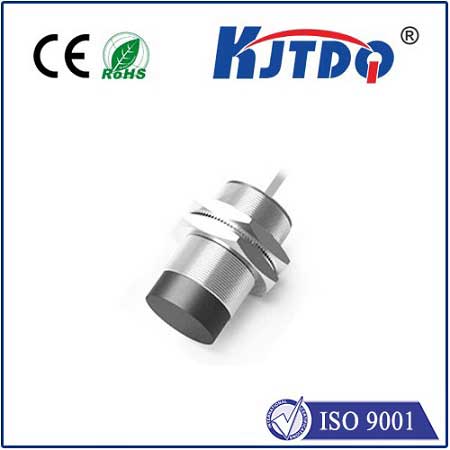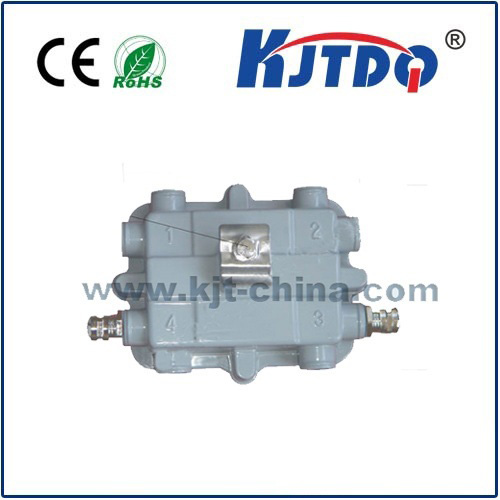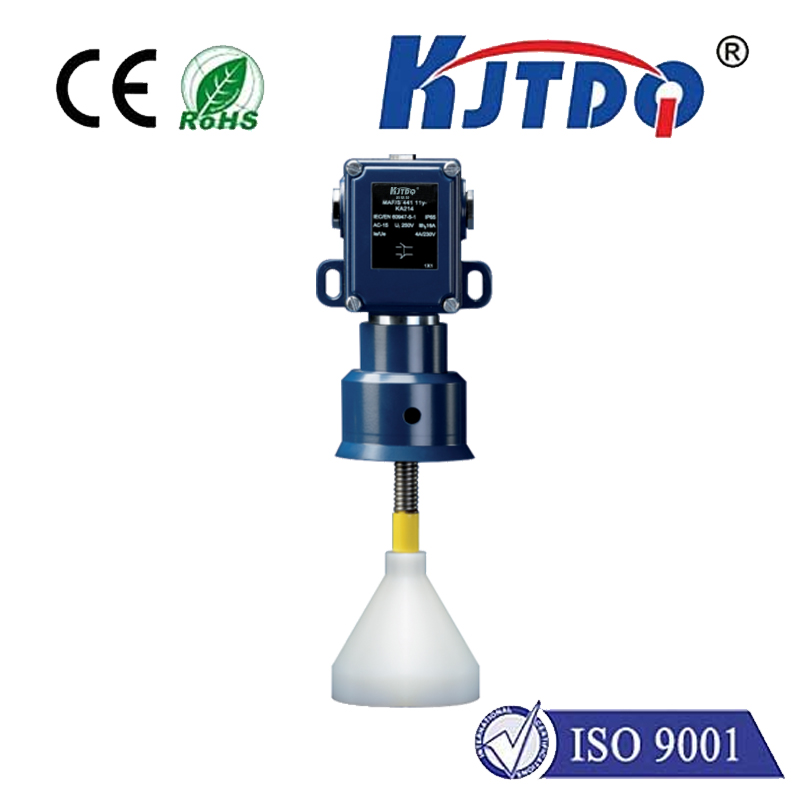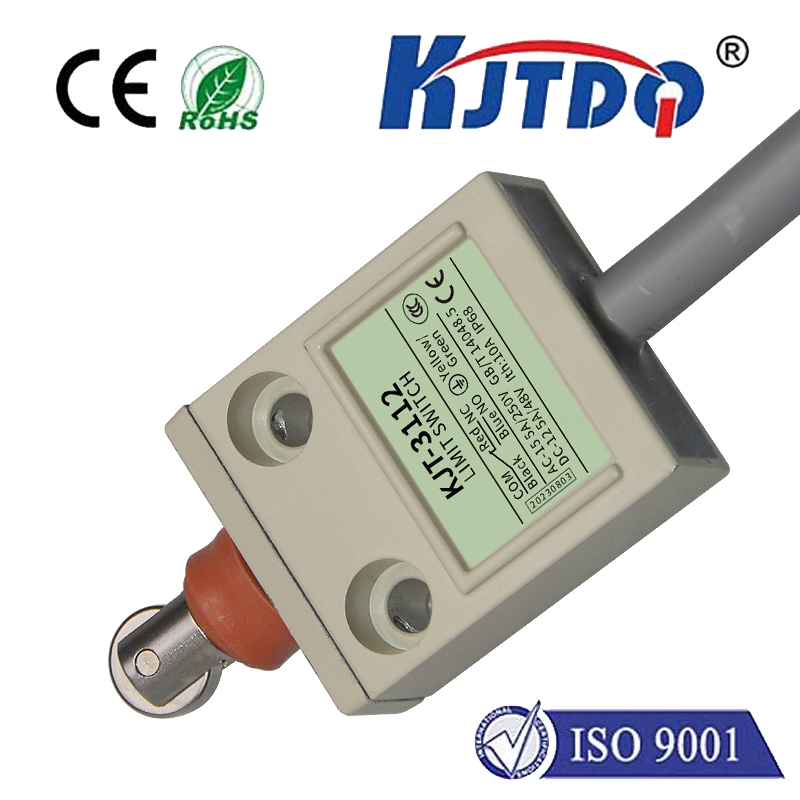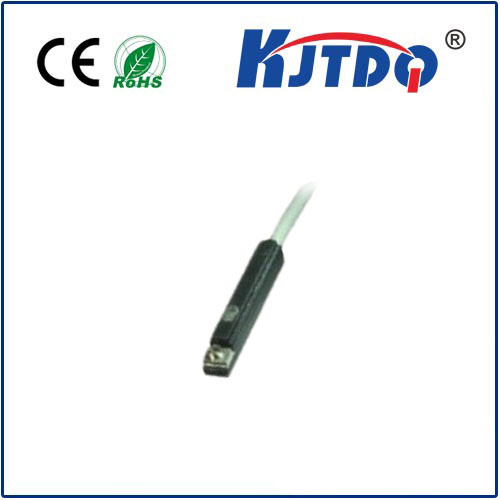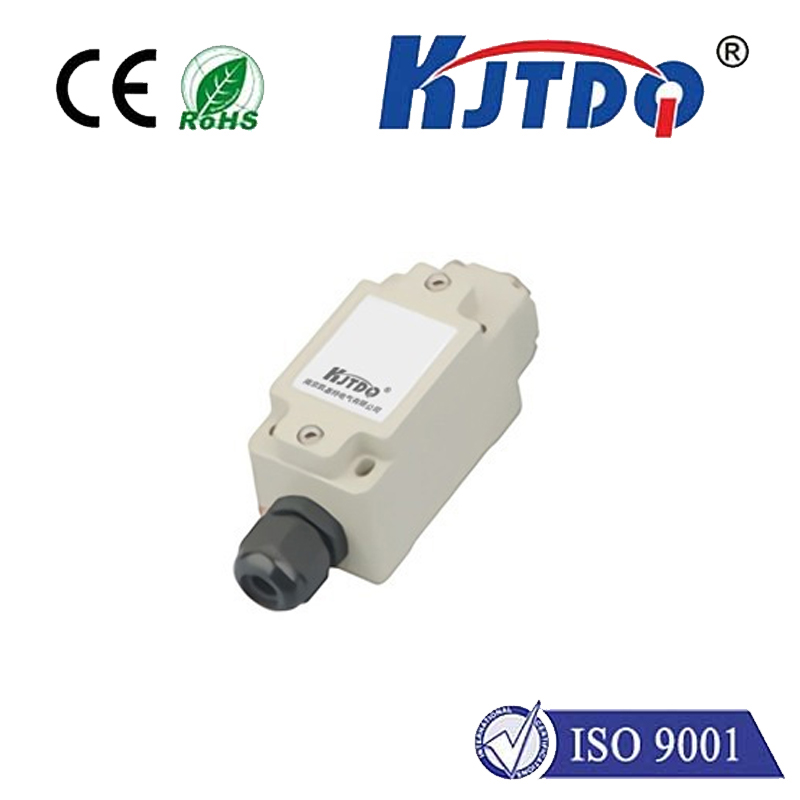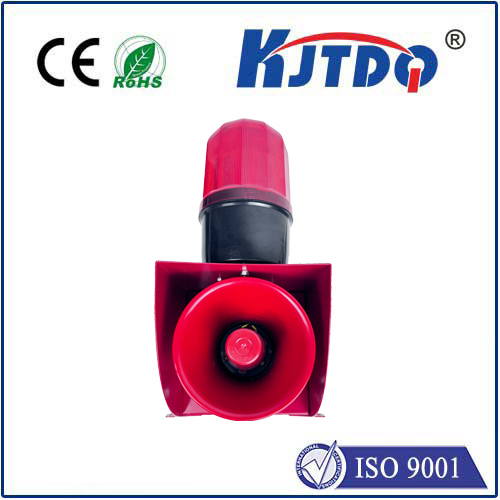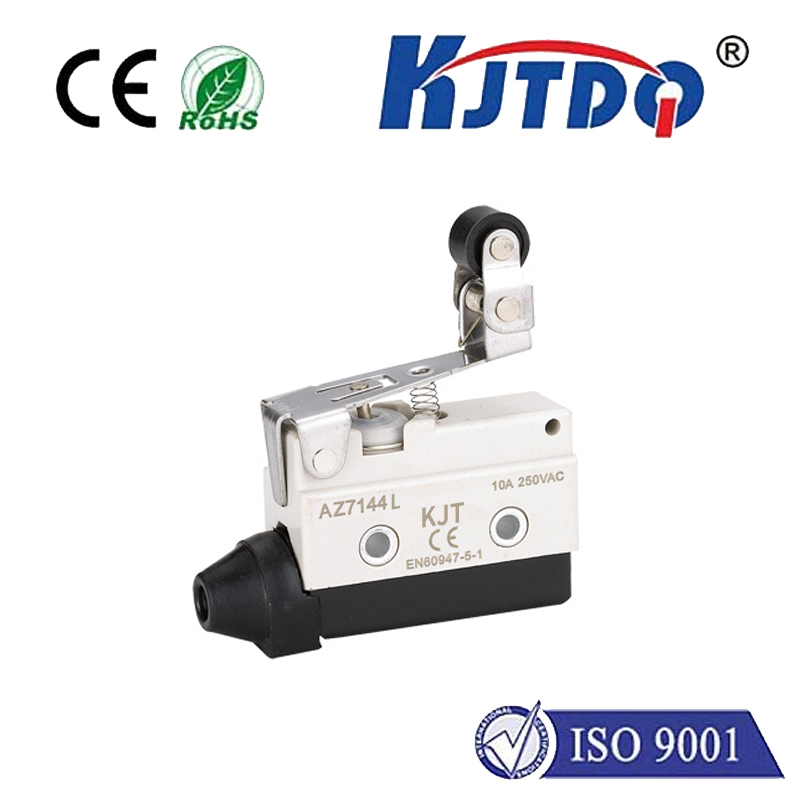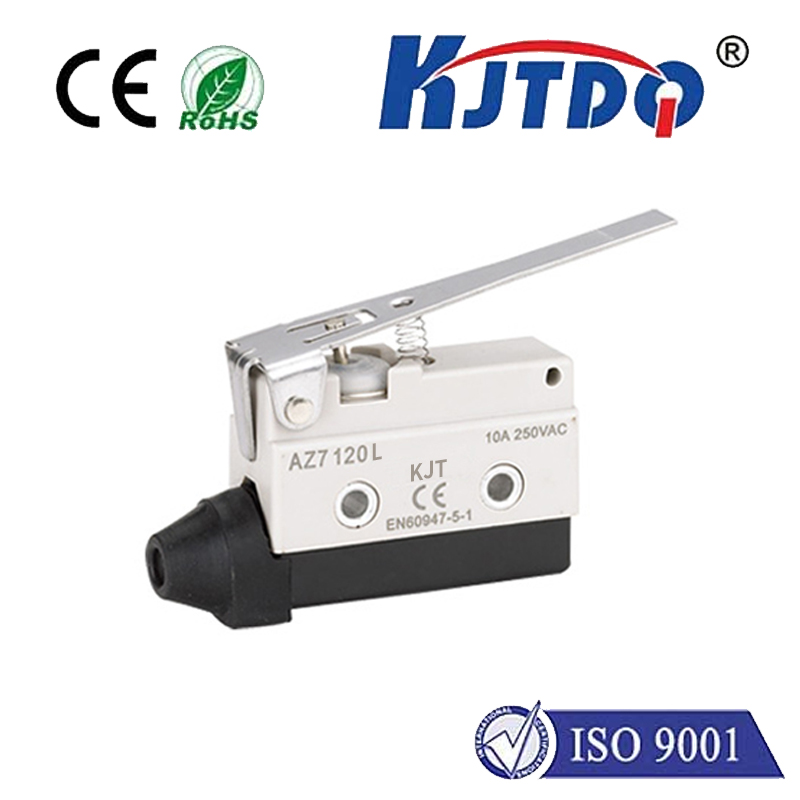
check

check

check

check
PNP (Photo-Interruption Non-Compensating) no NC (No-Capacitance) sensor is a type of sensor that has gained significant attention in recent years due to its unique features and versatility. This article aims to provide an overview of what PNP no NC sensors are, how they work, and their various applications in different industries.
Section 1: What are PNP No NC Sensors?
A. Definition and Working Principles
PNP no NC sensors are a type of sensor that utilizes photoelectricity as their sensing principle. Unlike traditional sensors that use capacitance or resistance to detect changes in electrical fields, PNP no NC sensors use a photodiode or phototransistor to detect light pulses. When light enters the sensor, it generates an electric current that is proportional to the intensity of the light. The sensor then converts this current into an electrical signal that can be used for sensing purposes.
B. Types of PNP No NC Sensors
There are several types of PNP no NC sensors available in the market, including:
1. Photodiode Transistors (P-NPT): These sensors combine both photodiode and transistor elements, providing high sensitivity and fast response times. They are commonly used in industrial and commercial applications where quick detection is essential.
2. Phototransistors (P-T): Similar to NPT sensors, phototransistors also integrate photodiodes and transistor elements. However, they offer higher gain and lower power consumption than NPT sensors. They are ideal for applications where high precision and low power consumption are required.
Section 2: Applications of PNP No NC Sensors
A. Industrial Automation
PNP no NC sensors are widely used in industrial automation systems to monitor various processes such as temperature, pressure, level, and motion. They provide accurate and continuous feedback information to control systems, enabling optimal performance and efficiency. For example, PNP no NC sensors can be used in position controllers to ensure precise positioning of machines in manufacturing facilities.
B. Robotics and Navigation
PNP no NC sensors are also crucial components in robotics and navigation systems. They enable robots to sense their environment and navigate through complex terrains. For instance, PNP no NC sensors can be used in LIDAR systems to generate 3D maps of surroundings, allowing robots to avoid obstacles and plan their paths accurately.
C. Medical Devices
In medical devices such as pacemakers and insulin pumps, PNP no NC sensors play a critical role in monitoring health parameters such as heart rate and blood glucose levels. By detecting subtle changes in these parameters, doctors can intervene early and provide timely treatment when necessary.
Section 3: Advantages and Challenges of PNP No NC Sensors
A. Advantages
The advantages of using PNP no NC sensors over other types of sensors include high sensitivity, fast response times, low power consumption, compact size, and ease of integration with control systems. Additionally, they offer excellent accuracy and reliability in sensing environments with high electromagnetic interference (EMI).
B. Challenges
Despite their numerous benefits, PNP no NC sensors also face some challenges. One major challenge is managing noise pollution caused by environmental factors such as light sources, electromagnetic fields, and mechanical vibrations. Another challenge is achieving high resolution and accuracy in sensing applications, especially when dealing with non-linear signals or complex environmental conditions. To overcome these challenges, researchers are continually developing new algorithms and techniques for improving the performance of PNP no NC sensors
